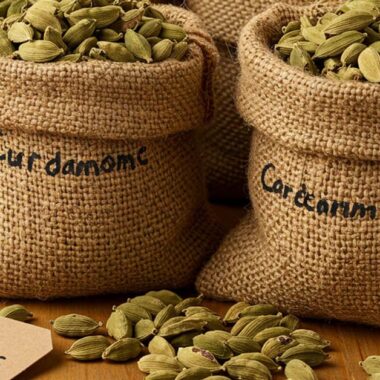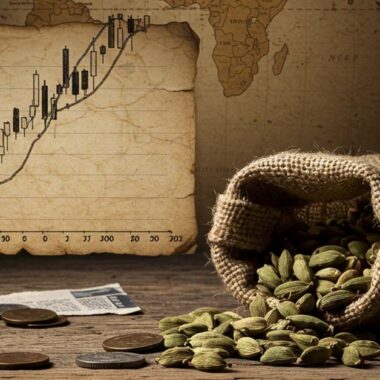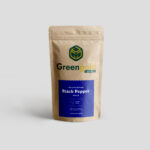Cardamom, one of the world’s most treasured spices, has been revered for centuries across various cultures, including in Biblical times and historical texts. Often associated with fragrance, healing, and luxury, this aromatic spice played a significant role in ancient trade, religious rituals, and medicinal practices. Let’s explore how cardamom was mentioned in sacred scriptures and historical records!
🌿 Cardamom in Biblical References
While the Bible does not directly mention cardamom by name, scholars believe that it was one of the precious spices referred to in ancient texts. The Hebrew Bible and Christian Old Testament mention spices, incense, and aromatic plants that were commonly used in the Middle East, where cardamom was highly valued.
- Spices in Song of Solomon (Song of Songs 4:14) 📖
“Nard and saffron, calamus and cinnamon, with all trees of frankincense, myrrh and aloes, with all chief spices.”
This poetic verse describes a garden filled with fragrant plants, symbolizing beauty and abundance. Some translations suggest that calamus, a term often used for fragrant plants, might have included cardamom as it was widely traded in the region during that era.
- Incense and Offerings (Exodus 30:34-36) 🔥
“Then the Lord said to Moses, ‘Take fragrant spices—gum resin, onycha and galbanum—and pure frankincense, all in equal amounts, and make a fragrant blend of incense, the work of a perfumer. It is to be salted and pure and sacred.’”
Ancient incense blends often contained cardamom due to its sweet and spicy aroma. It was likely included in mixtures burned during religious rituals in temples.
🏺 Cardamom in Ancient Historical Texts
Apart from Biblical references, historical records from different civilizations mention the use of cardamom in medicine, trade, and daily life.
1. Ancient Egyptian Texts (1500 BCE) 🇪🇬
The Ebers Papyrus, one of the oldest medical documents in existence, describes the use of spices like cardamom for treating digestive issues, infections, and even dental problems. Egyptian pharaohs and priests also used cardamom as an ingredient in perfumes and embalming mixtures.
2. Greek & Roman Writings (500 BCE – 300 CE) 🇬🇷🇮🇹
- Hippocrates, the father of modern medicine, recommended cardamom for its warming and digestive properties.
- Dioscorides, a Greek physician, documented cardamom’s use in treating colds, stomach ailments, and even as an aphrodisiac.
- Pliny the Elder, a Roman naturalist, recorded that cardamom was one of the most expensive imports from India, valued as highly as gold and silver.
3. Ayurveda & Ancient Indian Scriptures 🇮🇳
In Ayurvedic texts like the Charaka Samhita (circa 700 BCE), cardamom was described as a powerful digestive aid, a remedy for respiratory conditions, and even a mood enhancer. It was often consumed with honey and milk to promote overall health.
4. Middle Eastern & Islamic Texts (700-1500 CE) ☪️
- Persian and Arab traders prized cardamom for its role in cooking, medicine, and perfumes.
- The Hadith (Sayings of Prophet Muhammad ﷺ) refers to the use of aromatic spices, and Islamic scholars mention cardamom in herbal treatments and beverages like Arabic coffee (Gahwa).
🌏 Cardamom’s Journey Through History
From sacred texts to royal courts, cardamom was a symbol of luxury, health, and spiritual significance. It traveled through the Silk Road, Arabian spice routes, and European trade networks, making its way into cultures worldwide.
🛍️ Experience the Ancient Luxury of Cardamom Today!
Want to enjoy the same exquisite spice cherished in Biblical times and ancient civilizations? Get premium-quality cardamom from Greengold Guide and bring history to your kitchen! 🌿✨












